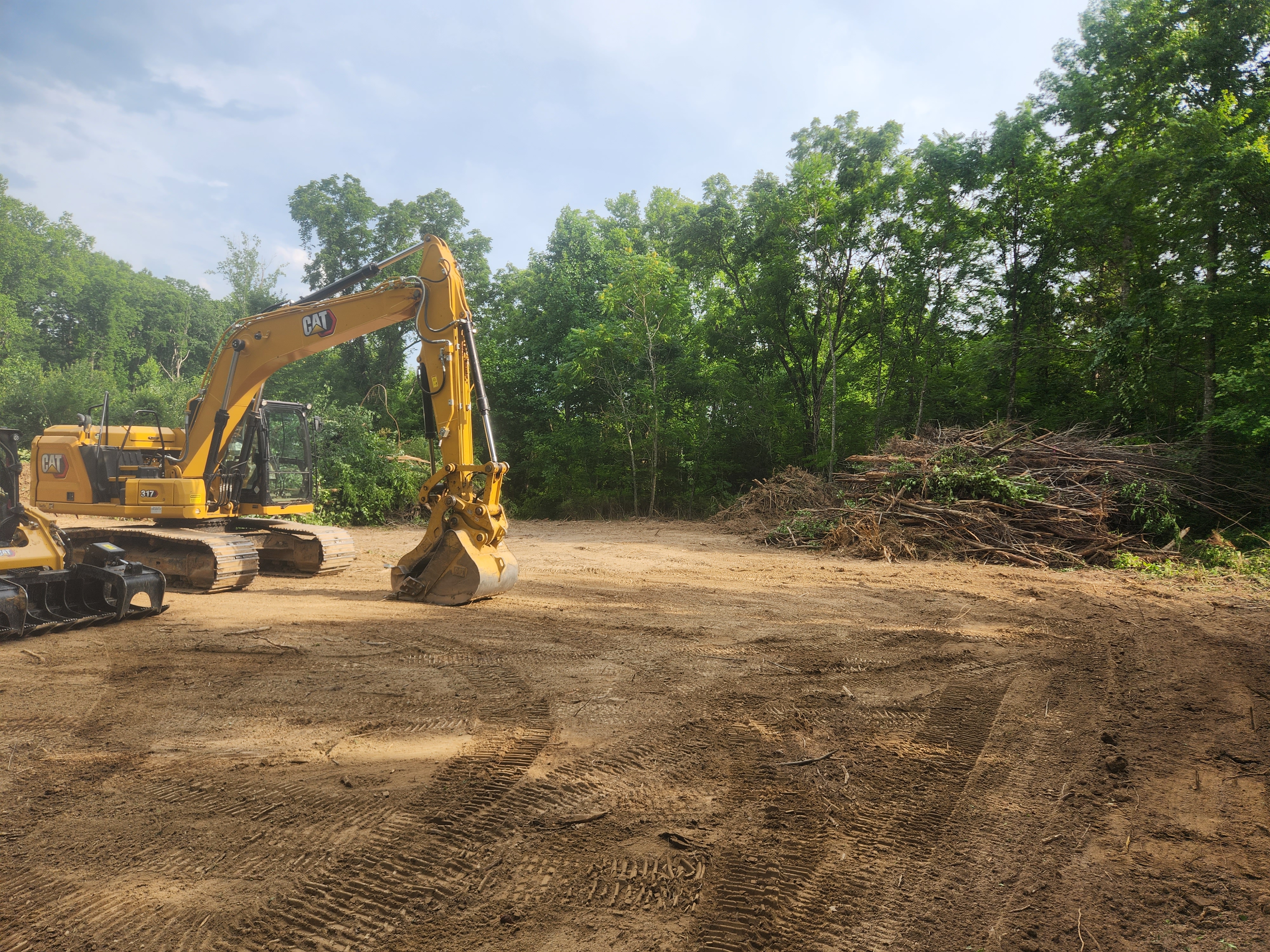
Top 5 Excavation Safety Tips Every Contractor Should Know Jul 15, 2025
First and foremost, planning is vital. Prior to any excavation work, a comprehensive site assessment is crucial. Understand the layout of the site by reviewing geological surveys, maps, and utility plans. This step helps identify potential hazards such as underground utilities, water pipes, or rocks that may interfere with the process. Engaging with local utility companies to mark out underground lines can prevent unintentional damage. With meticulous planning, contractors can avert possible issues and enhance site safety.
Secondly, implementing robust training programs cannot be overstated. All personnel involved in excavation should receive regular safety training. This includes understanding the operation of equipment, recognizing potential hazards, and emergency response procedures. Continuous education ensures that every team member is knowledgeable about the latest safety standards and techniques. Furthermore, supervisors should emphasize general safety principles and reinforce the importance of wearing protective gear like helmets, gloves, and visibility vests.
Thirdly, soil analysis is a critical safety factor often overlooked. Soil conditions can greatly affect the stability of an excavation site. Before breaking ground, conducting soil tests to determine its type and stability helps predict potential cave-ins or collapses. Soil can vary significantly even within short distances, and being informed about these variations allows for better decision-making. Utilizing protective systems like trench boxes or shoring can prevent accidental collapses and provide a safer working environment.
Another essential tip is to maintain clear communication at the worksite. Effective communication ensures everyone on site is aware of daily tasks and potential risks. Using two-way radios, clear signals, or site meetings can keep all personnel informed and aligned. An open line of communication helps in quickly addressing any issues that might arise, enhancing overall safety and efficiency.
Lastly, regular inspections are crucial for maintaining a safe excavation site. Daily or even twice-daily inspections of equipment and the site itself can catch potential problems early. Checking for equipment malfunctions, ensuring the stability of excavation walls, and verifying the integrity of safety systems are key aspects of these inspections. It’s important that these inspections are thorough and documented, providing a record that can be reviewed and adjusted as necessary to optimize safety measures.
In conclusion, excavation safety is a comprehensive process that demands thorough planning, continuous training, diligent soil analysis, proactive communication, and regular inspections. At C.A. Sherry Land Improvement, LLC, we prioritize these guidelines to deliver safe and effective excavation services. Implementing these top five safety tips not only minimizes risks but also ensures the successful completion of projects. Adopting a proactive approach towards excavation safety enhances the well-being of every team member and increases the trust clients place in their contractors. Embrace these practices and further elevate the standards of excavation safety in your projects.
/filters:no_upscale()/media/7fffa79b-e159-4949-a618-ed875a9f2f07.jpeg)